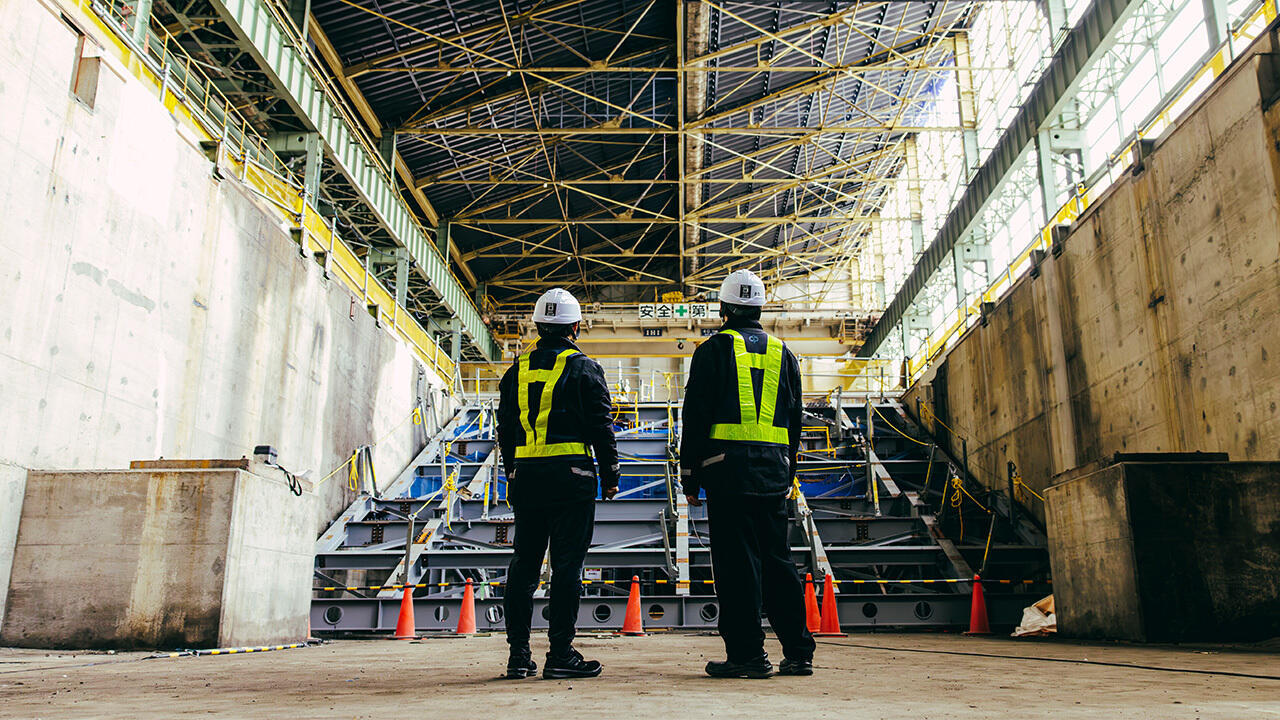
Inventors from around the world will take part in the Woven City project, which features an innovation base designed for rapid creation and testing.

“For me, at its core Woven City is about collaboration. It's about the opportunity to weave together diverse points of view, talents and abilities, to create a new kind of fabric for our future. A future where we hope to not only move people but move hearts.”
This was Chairman Akio Toyoda’s pitch at CES 2025 in January.

Woven City, Toyota’s “test course for mobility” in Susono (Shizuoka), has put the call out to Inventors from around the world.
They are invited to test new products and ideas in an environment with actual residents, helping to solve social issues and create new values.
With preparations underway ahead of the official launch, Toyota Times visited the city’s innovation base, the Inventor Garage.
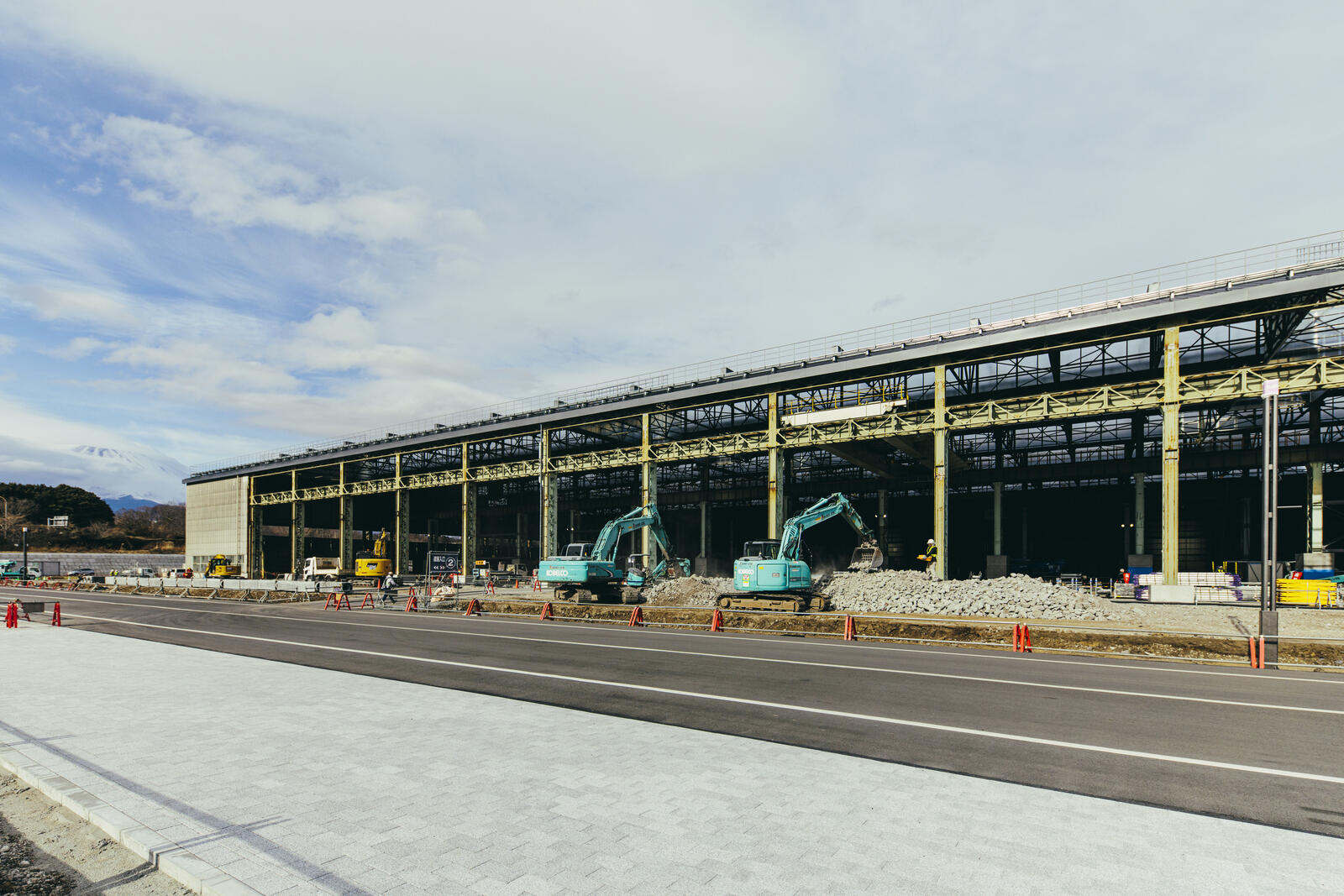
While unraveling the secrets of the old plant building, we also discovered the shared values of those involved in the project.
Inheriting a legacy
The Toyota Motor East Japan (TMEJ) Higashi-Fuji Plant was a center of monozukuri for more than half a century. Built upon the former plant’s site, Woven City will retain many elements of its legacy.
Among them, the Inventor Garage—Woven City’s development base for products and services—will preserve the look of the original stamping plant building, with its exposed steel beams, flaking paint, and oil-streaked floors.
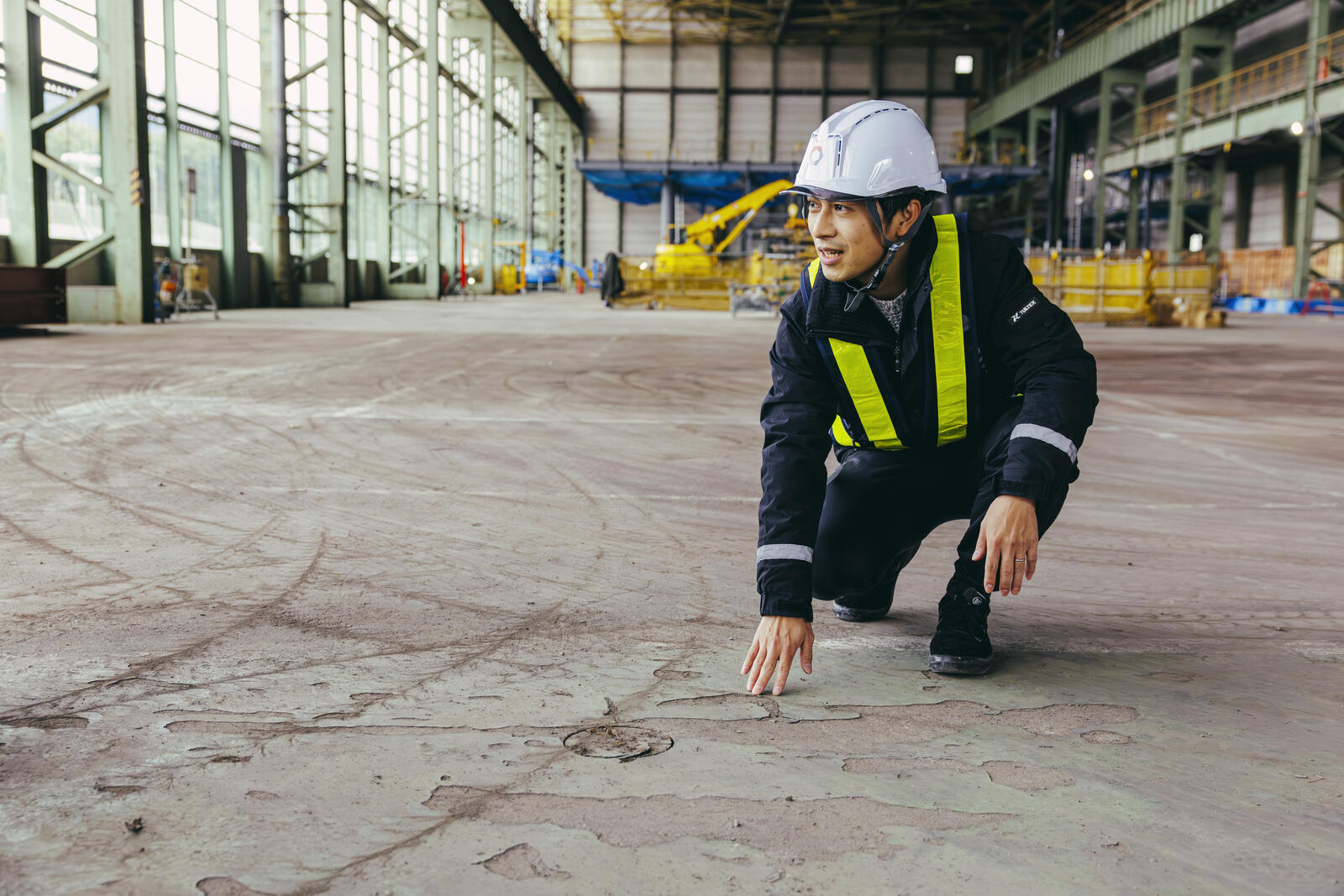
Overhead looms the crane, an iconic feature of the stamping plant, once used to change out dies weighing dozens of tons.
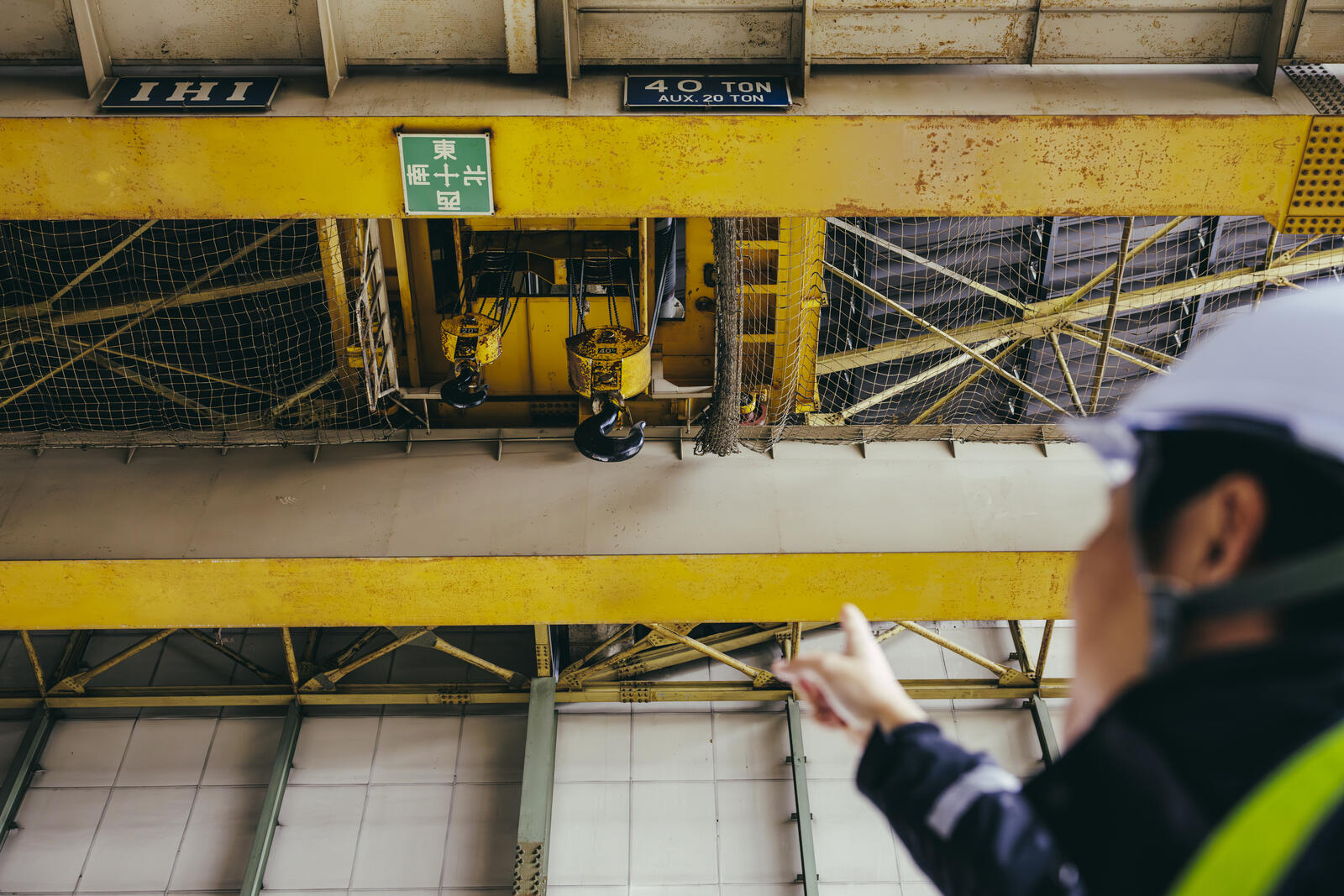
While making some alterations, the team has set out to keep as much of the original structure as possible. Masaki Sata, a senior engineer at Woven by Toyota tasked with building refurbishment and construction, recalls the early days of the project.
Sata
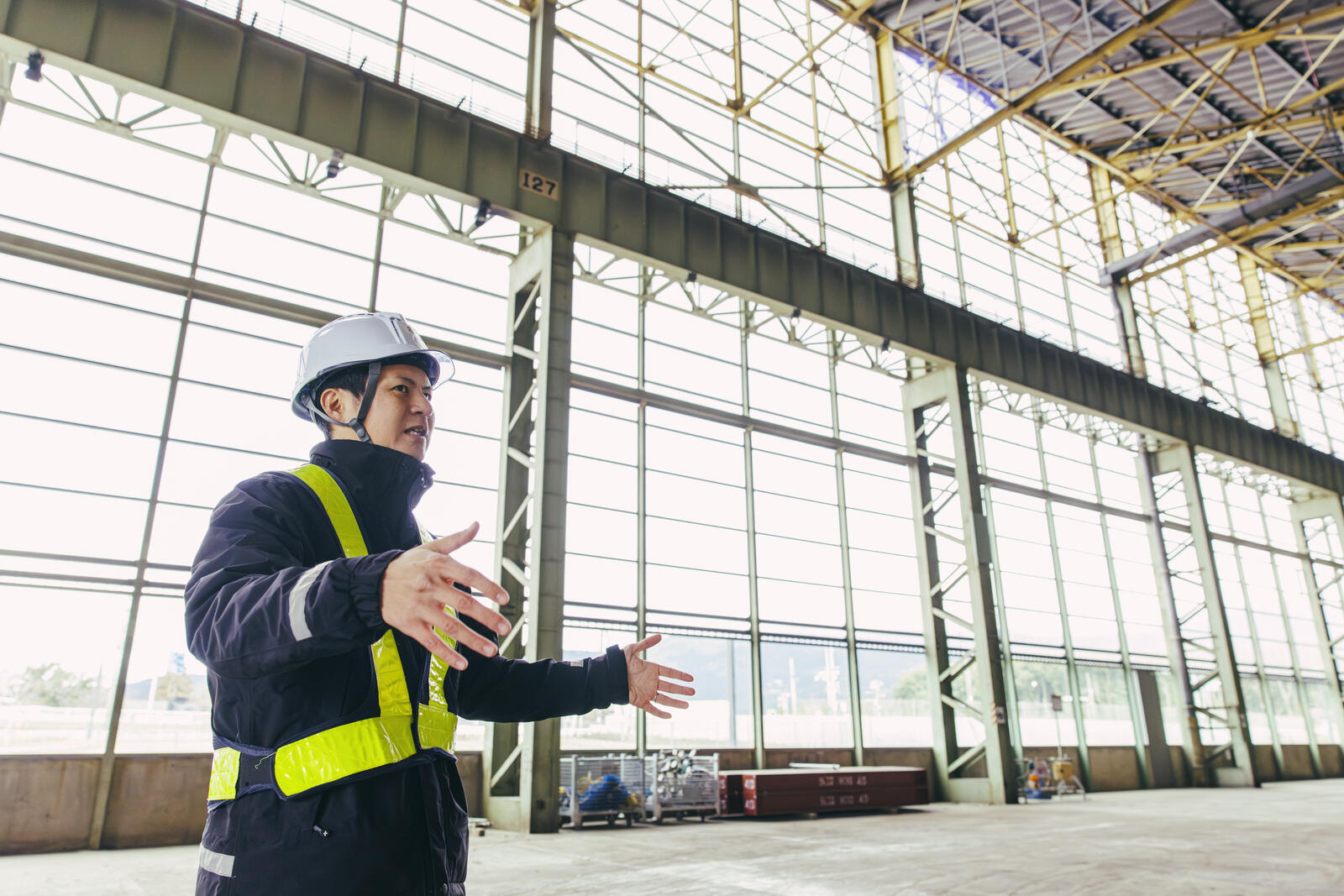
This building was initially slated for demolition. But as we moved forward, the team began to feel strongly that keeping the building itself was a valid way to carry on the Higashi-Fuji Plant’s history.
It was a bottom-up effort that led us to where we are now.
While preserving the old framework, Sata’s team replaced the slate exterior wall that faces National Route 246 with glass and resin.
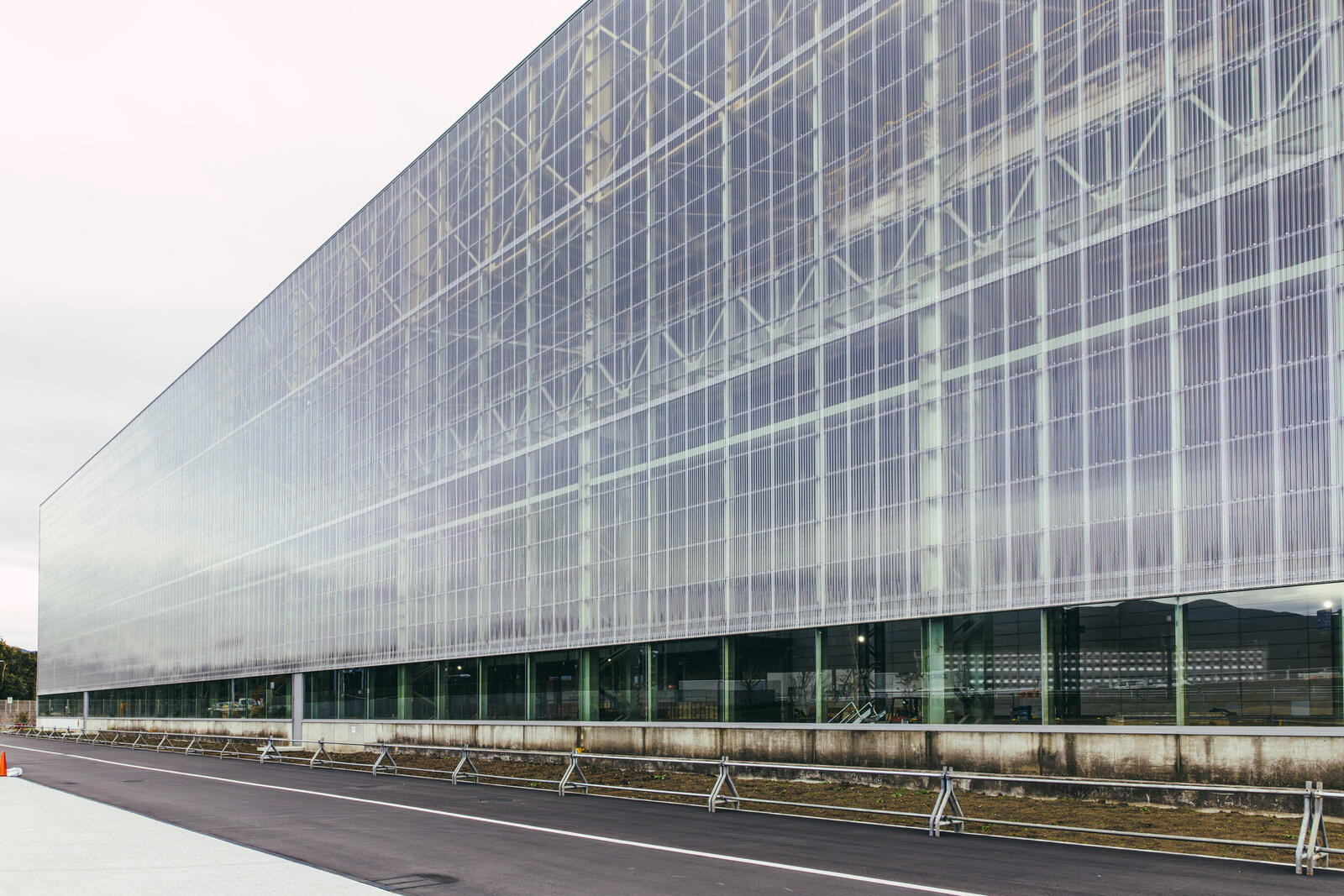
Sata
Originally, this wall featured the TMEJ logo. From talking with the local community, we learned that it had been a landmark in the area.

What should we do with this façade that had been a familiar sight for so many, serving as the face of the Higashi-Fuji Plant…
After much fretting and agonizing, we decided to use highly transparent materials that would make our activities visible to the community.
During the day, light floods in from outside, and at night it spills out. If you come close, you can see what’s happening inside through the glass. This transparency shows our aim in sharing information.
The Higashi-Fuji Plant treasured its ties to the local community. Woven City’s Inventor Garage is carrying on that spirit, while also taking things a step further.
Building the future fabric of life

“The Inventor Garage is a space where people can focus on development while drawing on the monozukuri capabilities Toyota has built,” says Kenta Takeshima, a manager at Woven by Toyota who helped craft the facility’s concept. “It has all the functions that our Inventors will need, in one place.”
Takeshima
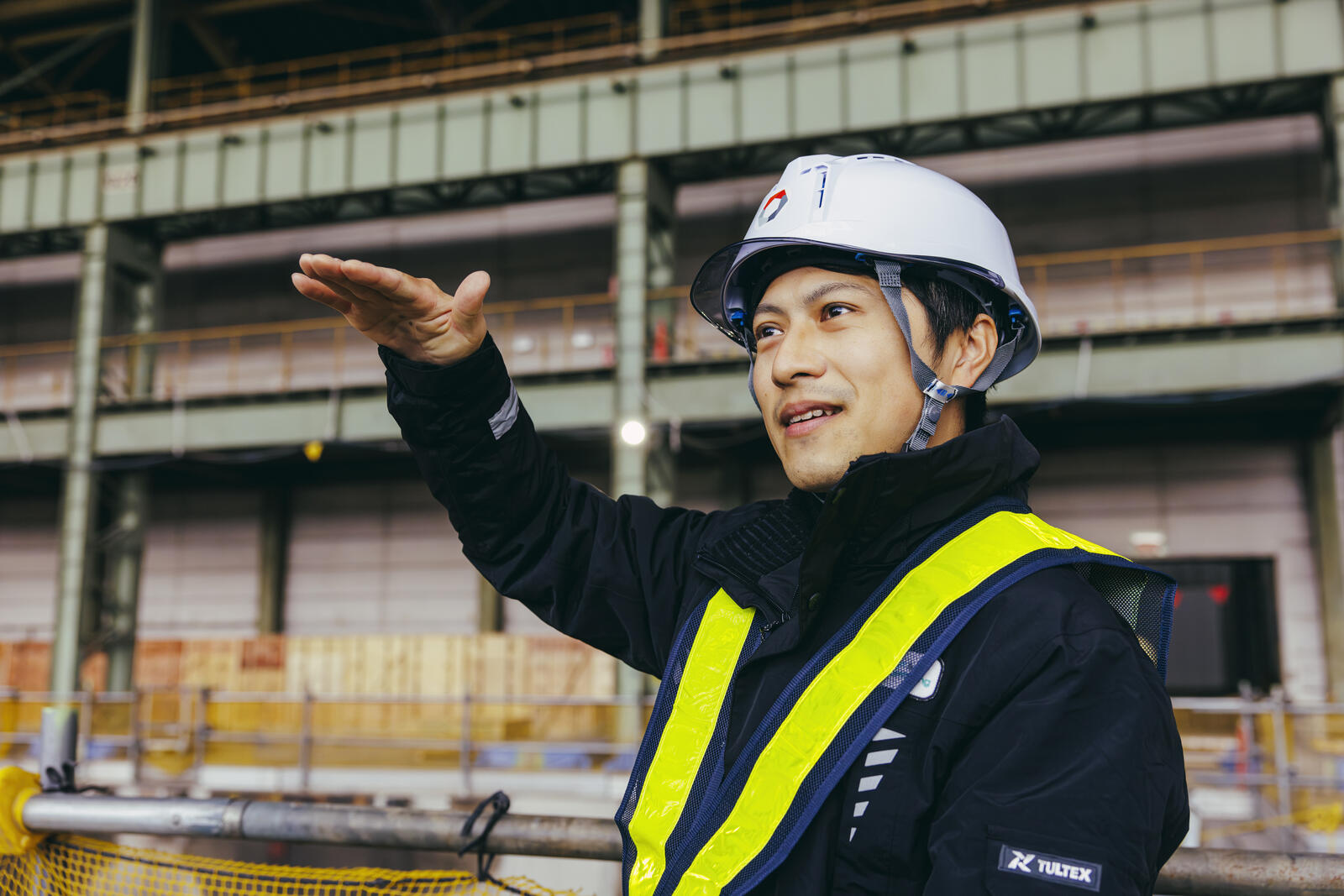
For example, the lab area will not just be a simple workspace, but somewhere you can actually build and test things.
The same building that housed the plant’s press will now have a presentation stage, where Inventors can share all kinds of information with Woven City residents and engage them to participate in trials.
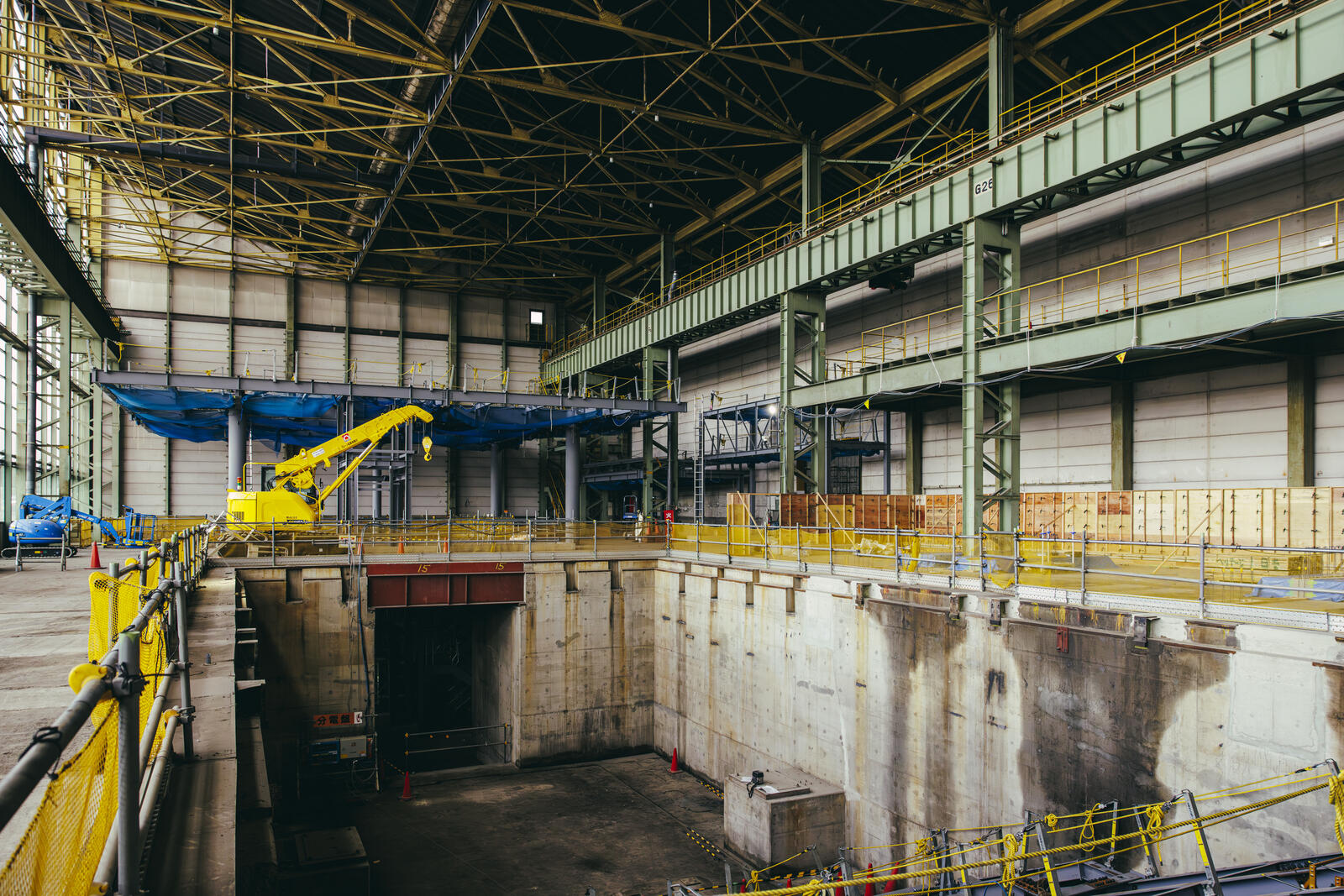
These ideas were sparked through repeated discussions with the R&D divisions of several dozen companies, ranging from startups to major firms. Many of them made requests related to monozukuri.
Takeshima
People frequently told us they had things they wanted to make, but didn’t know how to go about it. Or if they did, they never went beyond prototyping to mass production.
I felt that we could harness Toyota’s strengths in these areas.
A space known as the Monozukuri Area will be outfitted with a wide range of equipment, including 3D printers and laser cutters, to enable flexible prototyping.
There are also plans to have a veteran craftsperson called “oyaji” from Toyota provide technical assistance to help shape the Inventor’s ideas.
These efforts will stimulate the inventions that create “a new kind of fabric for our future.”

